A meteor sighting over Launceston this morning has prompted a reminder that cold, clear winter conditions provide a perfect platform for sightings. As northern Tasmania shivers through sub-zero overnight temperatures, the clear skies helped the region's early risers spot a rare meteor display.
Residents near Launceston
reported seeing a large, bright meteor travelling through the sky just before 5:00am. Lesley from Gravelly Beach told ABC Northern Tasmania she witnessed the bright display as she drove to Launceston's airport.
"It was so big and so close and I thought 'gee, this is going to land in someone's backyard'," she said.
"I've never seen anything as big as what this was before, and so bright - in the tail there were a couple of very bright spots."Local astronomer Martin George said meteors occurred more often than people thought, but seeing a bright one was rare.
"The longer you spend looking at the night sky, the more likely you are to see meteors," he said.
"Typically you'll see about five or six every hour, but brighter meteors are few and far between."
He said with colder nights often leading to clearer skies, now was the best time to be on the lookout.
"We also have longer nights in the winter, which means there is plenty more opportunity to go out stargazing or meteor-gazing and, of course as always, you do see much more if you're away from those nasty city lights."
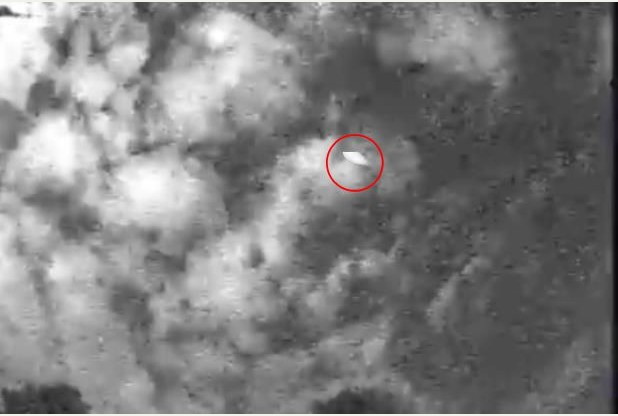
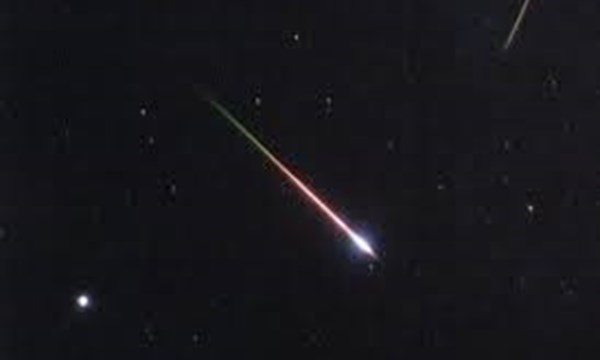
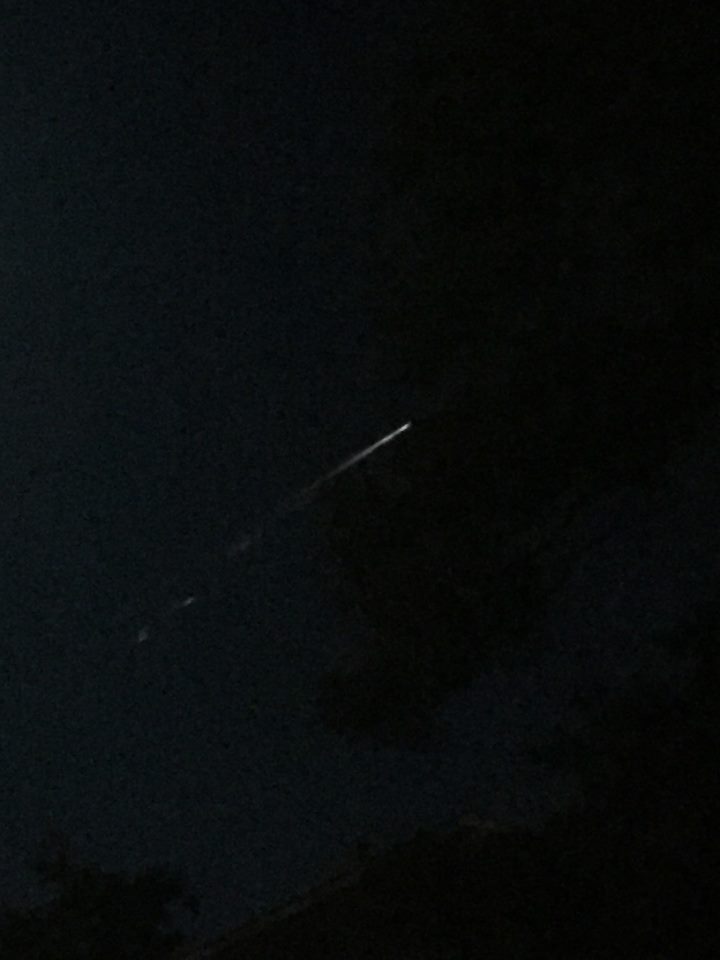

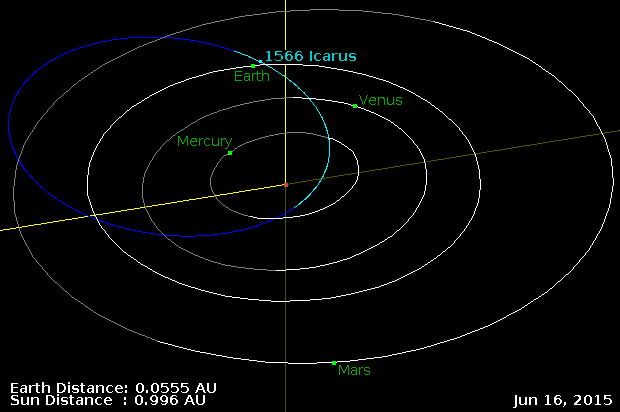
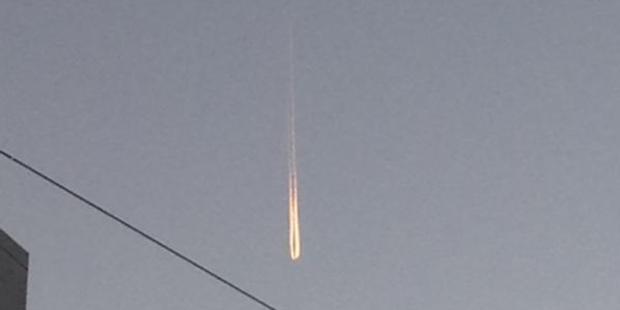
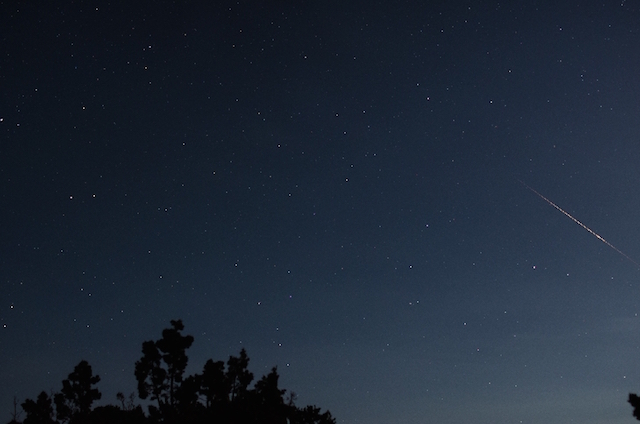
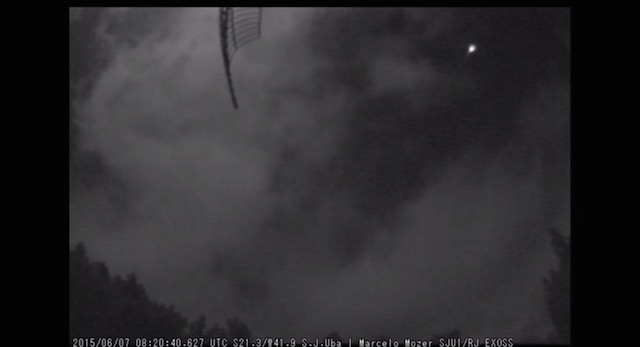
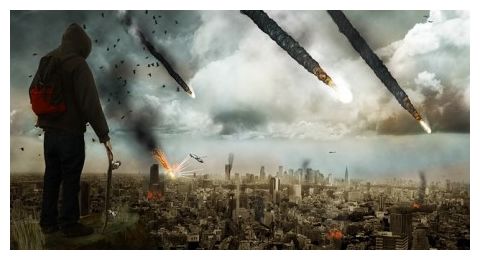
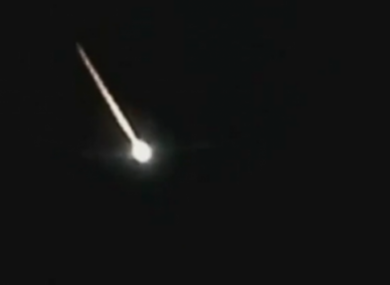



Comment: From January 5th of this year:
SOTT Exclusive: Huge asteroid filmed breaking up into hundreds of meteor fireballs over Southern Brazil